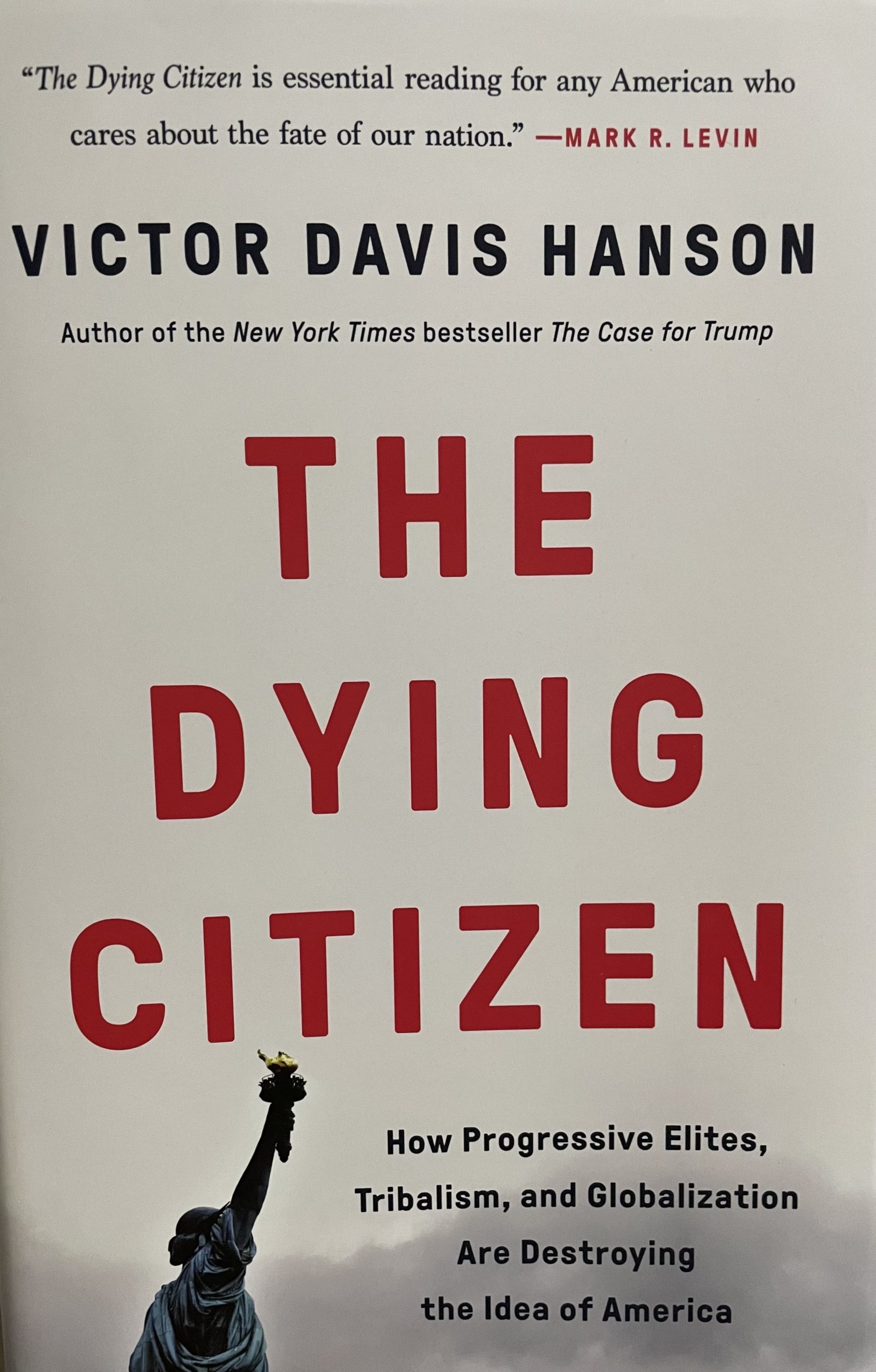FRONT ROYAL, VA — Bishop Robert Lynch of St. Petersburg recently complained, “I am convinced that many so called Pro-Life groups are not really pro-life but merely anti-abortion.”
Of course, this canard is common among the professional pro-abortion crowd, but it sounds strangely out of tune coming from a Bishop who, in the past, has been supportive of the pro-life movement.
So what’s going on?
There’s a history here. Since 1960, when candidate John F. Kennedy famously promised in Houston that he would not allow his Catholic faith to interfere with his politics, there has existed among the Catholic hierarchy an influential segment that valued liberal politics more than Church teaching. Various members of this informal cadre advised JFK, welcomed the 1967 rebellion of Catholic universities against Church authority led by Notre Dame, and carefully managed the reputation rehab of Teddy Kennedy after he killed Mary Jo Kopechne at Chappaquiddick two years later.
A key player in the leftward descent of the Catholic Church since the 1960s emerged during the same era. Bishop Joseph Bernardin, who eventually became Cardinal Archbishop of Chicago, was the major influence guiding the Catholic bishops’ conference from 1969 until his death in 1996.
At Notre Dame in 2009, Barack Obama repeatedly invoked Cardinal Bernardin, whom he had first met at a community organizing meeting on Chicago’s South Side. Bernardin had a “profound influence” on his life, he later told journalists.
Bernardin also had a profound influence on the life of Bishop Lynch. Russell Shaw, longtime spokesman for the conference, identifies Lynch as a key player among the “Bernardin Bishops.” Lynch joined Bernardin at the headquarters of the bishops’ conference in 1972, and served as his alter-ego there for a quarter-century. He became bishop of St. Petersburg the year that Cardinal Bernardin died.
A longtime collaborator of Bernardin is candid: “he wanted to make sure the conference stayed liberal long after he was gone,” he tells the Rubble.
With the help of Bishop Lynch, it did. In fact, as Russell Shaw writes, the Bernardin era endured until 2010, when the bishops passed over Bishop Gerald Kicanas, another Bernardin understudy expected to be a shoo-in, and elected instead Timothy Dolan, now Cardinal-Archbishop of New York, as conference president.
Earthquake
The Bernardin years were troubled times for the American Church. As Cardinal Dolan candidly admitted after his election, the bishops hadn’t taught the fundamental moral truths of marriage and the family during the Bernardin years – since “the mid- and late-1960s,” he said.
Instead, they created a huge bureaucracy that aggressively lobbied Congress, advocating welfare-state programs in the name of “Social Justice,” while leaving the Church’s moral teaching to gather dust on the shelf.
At the same time, the bishops were taking in a growing amount of federal taxpayer funding for their own charities, which had once been independent, supported by voluntary contributions.
There was a price to pay for this shift in priorities: while the bishops’ silence on sexual morality coincided with a startling rise of divorce, contraception, and even abortion among the faithful, it had unhappy consequences within the clergy as well.
The Bernardin era featured dozens of bishops who enabled and covered up for the predominantly homosexual clergy that caused the abuse-and-cover-up scandals.
Unfortunately, none of those bishops (save Cardinal Law, and several bishops who were abusers themselves) resigned when the scandals broke. Meanwhile, every priest who was accused of even a remotely indecent act with a child was immediately “disappeared.”
“Our credibility on the subject of child abuse is shredded,” said Bishop R. Daniel Conlon of Joliet, Ill., a year ago, after he was named to lead the bishops’ belated effort to restore that credibility.
The sad truth is, the Bernardin Bishops, having lost it, could not regain it themselves.
That’s why the liberal media favorite and Bernardinite Thomas Reese, S.J., called Dolan’s 2010 election “an ecclesial earthquake of monumental proportions.” America’s younger bishops recognized that they have a gigantic mess on their hands. They had to make up for fifty years of lassitude – and nothing short of an earthquake would do it.
One of the major challenges they confront addresses a cherished legacy of the Bernardin-Lynch years: massive government funding of Catholic entities like the conference, Catholic Relief Services, Catholic Charities U.S.A., and the Catholic Health Association (whose support was essential to the passage for Obamacare).
While Bishop Lynch does complain about the bureaucratic paperwork required by receiving billions of dollars of taxpayer dollars a year, he does not display a similar concern regarding the funding’s possible moral consequences.
Cardinal Bernardin recognized, late in life, that tens of millions of dismayed Catholics had left the Church since Vatican II, and millions more who stayed were no longer so generous as they had once been. Perhaps he saw the transformation of the Church’s charities into an array of government contractors as a necessary evil: “If we can’t trust the faithful to contribute voluntarily, well, we’ll ask the government to make it mandatory,” the Bernardin bishops seemed to say.
“When the church wants to flaunt its size, build organizations, make departments and become a bit bureaucratic, the church loses its main essence and runs into danger of turning itself into an NGO (Non-Governmental Organization),” said His Holiness, Pope Francis, last April 24.
Yet the Church’s charities, universities, and the conference itself now jostle every year alongside thousands of other NGO’s for their share of government funding.
Is the price we paid merely Bishop Lynch’s “paperwork”? Or has it been more costly?










